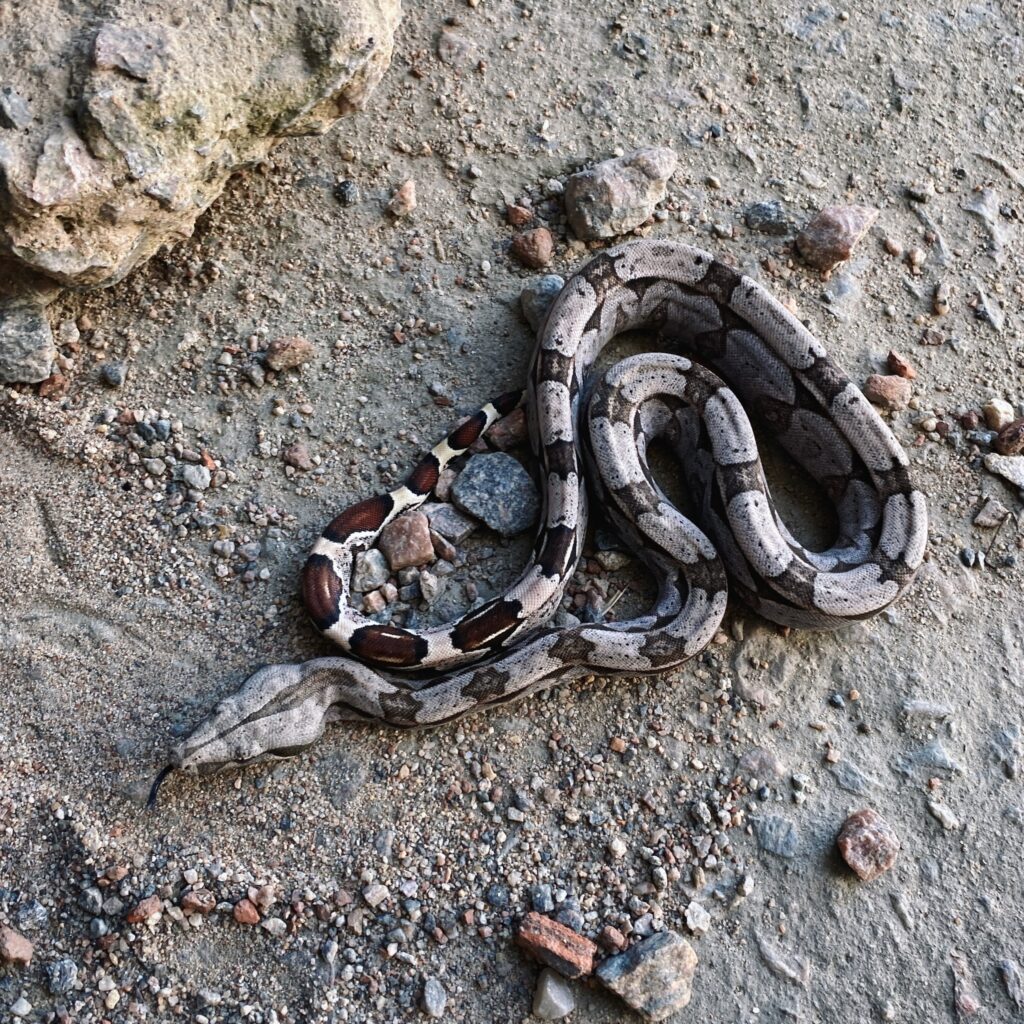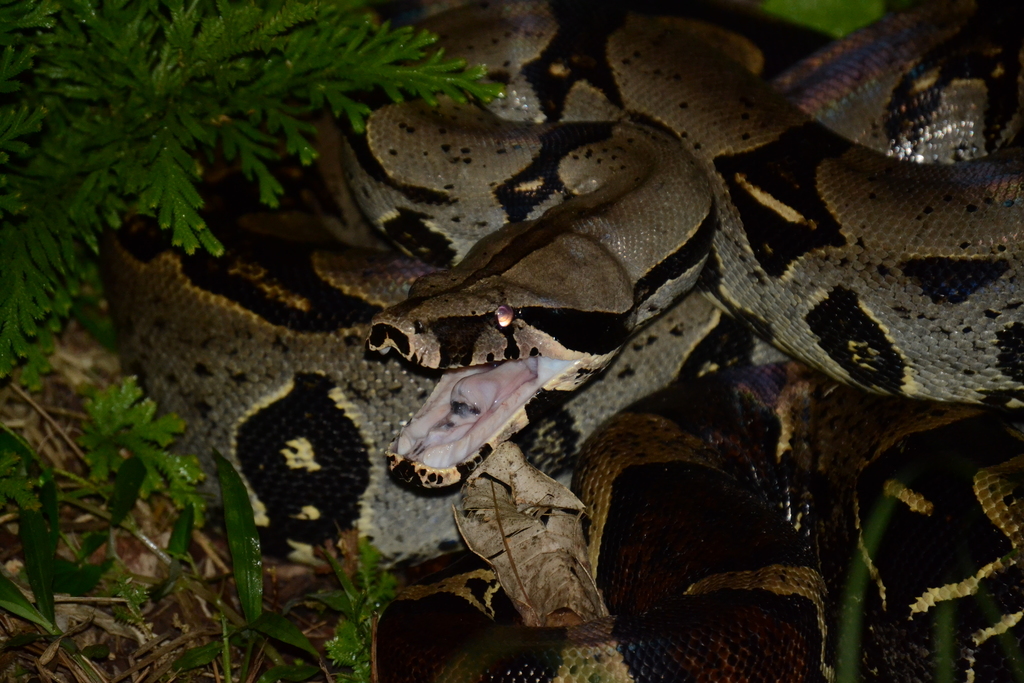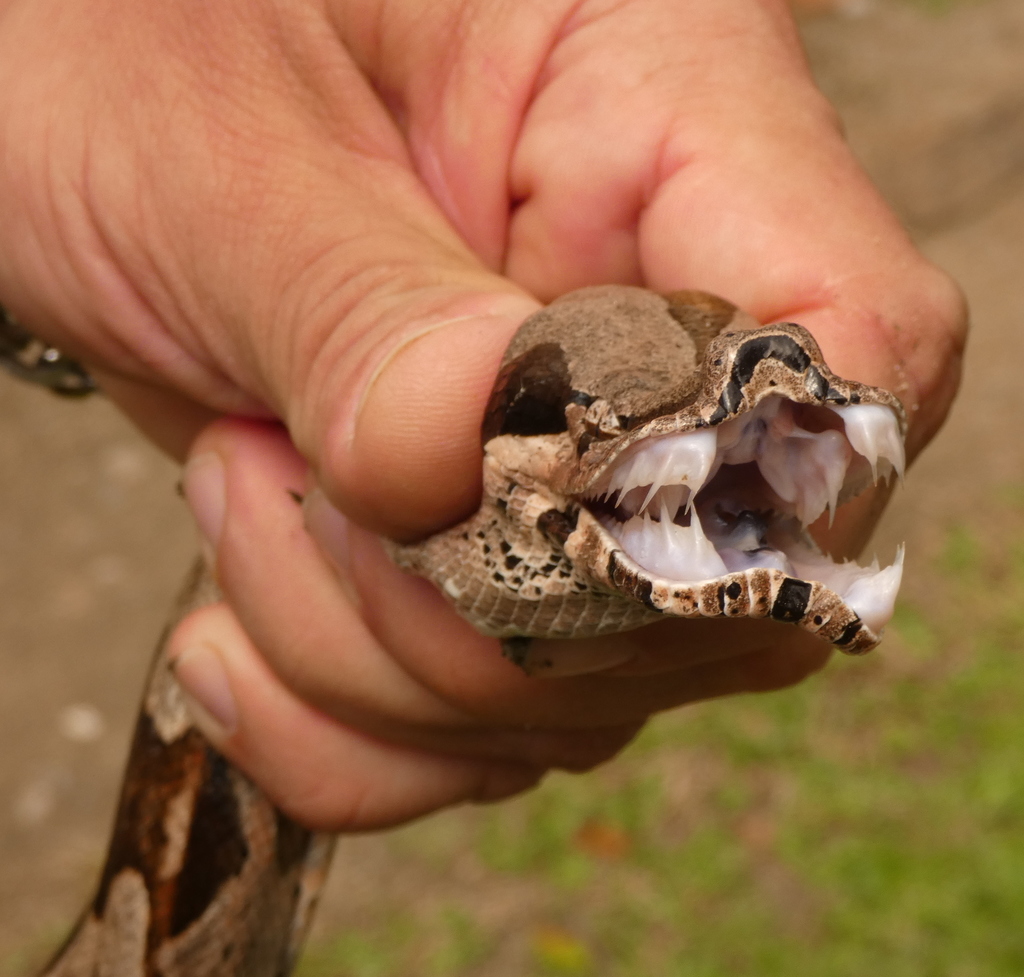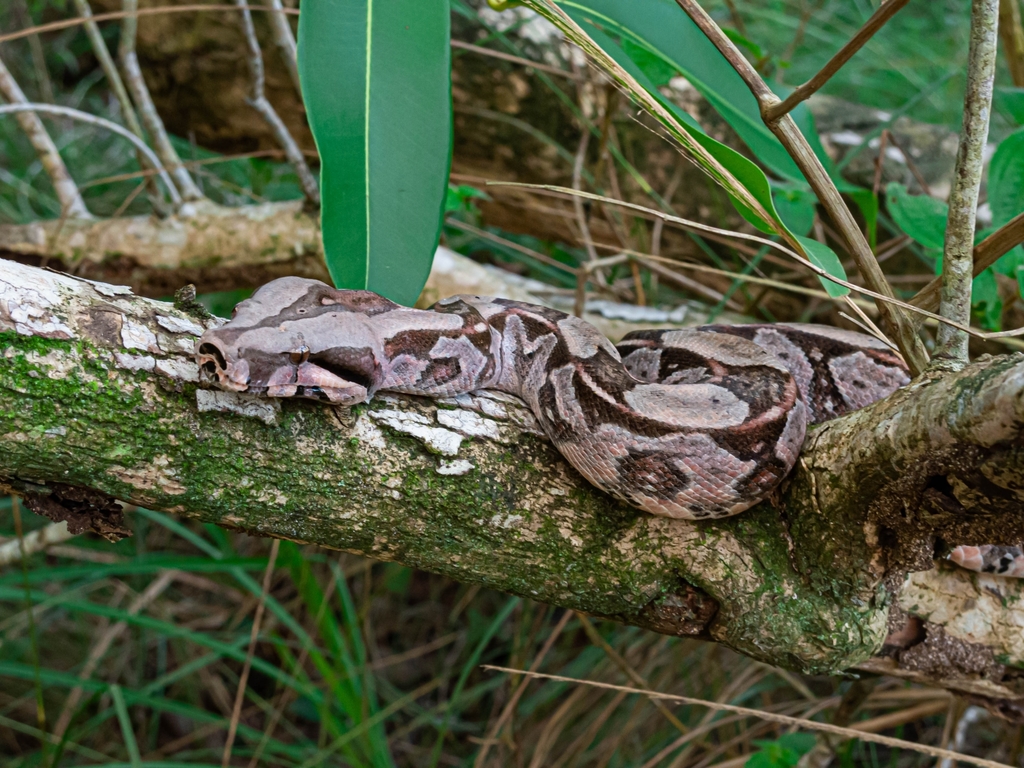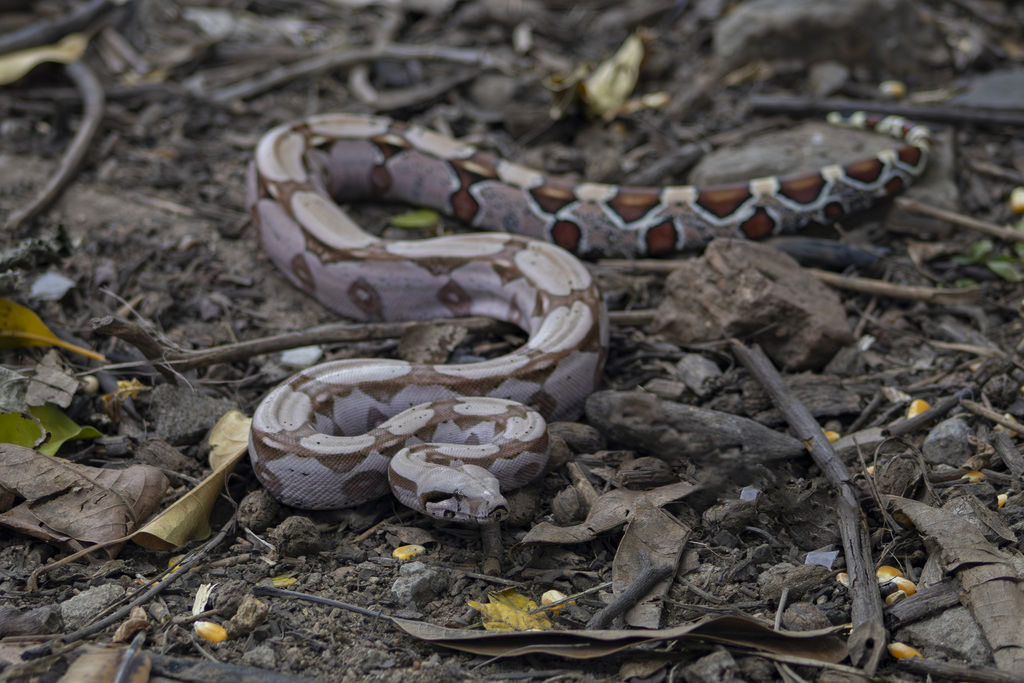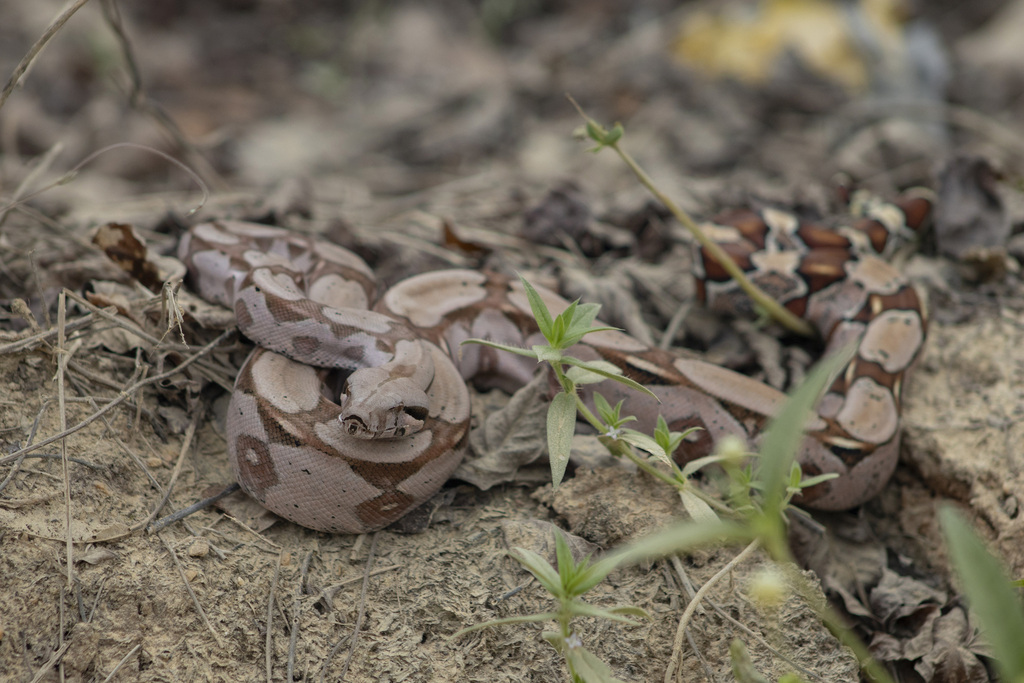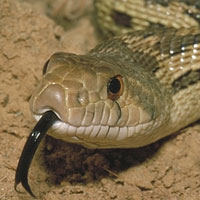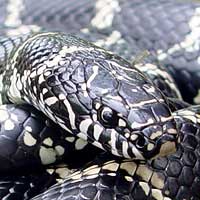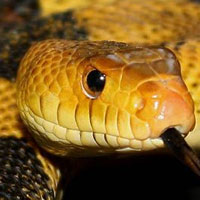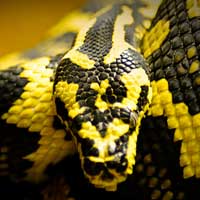Discover the Fascinating World of the Common Boa
The scientific name of the Common Boa is Boa constrictor, and it belongs to the Boidae family. This family includes non-venomous snakes that kill their prey by constriction.
Scientific Name: Boa constrictor
Snake Family: Boidae
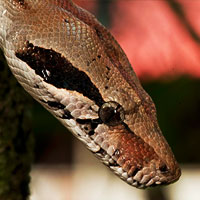
Introduction to the Common Boa
The Common Boa (Boa constrictor) is a large, non-venomous snake native to Central and South America. Known for its muscular build and beautiful patterns, the Common Boa is a popular pet among reptile enthusiasts. These snakes are relatively easy to care for with the right knowledge, making them an excellent choice for intermediate and advanced keepers. With proper care, a Common Boa can live for over 20 years in captivity, providing a long-term companion for dedicated owners.
Where Does the Common Boa Thrive?
Common Boas are highly adaptable and can be found in a variety of environments, from rainforests to arid regions. They are most commonly found in tropical forests, grasslands, and savannas, where they use their excellent camouflage to blend into their surroundings. In captivity, it is essential to replicate their natural habitat as closely as possible.
Habitat essentials include:
- A spacious enclosure (minimum of 6ft x 3ft for adults).
- Temperature gradient of 78-88°F with a basking spot of 90°F.
- Humidity levels between 50-70% to mimic tropical conditions.
- Hides, climbing branches, and a sturdy water dish for soaking.
Here is a summary of their habitat requirements:
| Habitat Element | Requirement |
|---|---|
| Enclosure Size | 6ft x 3ft or larger |
| Temperature | 78-88°F (basking at 90°F) |
| Humidity | 50-70% |
What Do Common Boas Eat?
Common Boas are carnivorous and rely on a diet of small mammals, birds, and reptiles in the wild. In captivity, they are primarily fed rodents such as mice and rats. Feeding them appropriately sized prey is crucial to their health.
- Juveniles should be fed every 7-10 days.
- Adults can be fed every 10-14 days.
- Prey size should match the widest part of the snake’s body.
Always feed frozen-thawed prey to avoid injury from live rodents. After feeding, avoid handling your snake for 48 hours to allow for proper digestion.
Understanding the Behavior and Temperament of Common Boas
Common Boas are known for their calm and curious demeanor, which makes them a favorite among snake keepers. While generally docile, they can become defensive if they feel threatened or stressed.
Key behavioral traits include:
- Nocturnal activity, with increased movement during the evening.
- Strong climbing ability, especially in younger snakes.
- Occasional defensive displays such as hissing or bluffing when startled.
Providing a secure and stress-free environment will encourage their natural behavior and help build trust with your boa.
Ensuring the Health and Longevity of Your Common Boa
With proper care, Common Boas can live 20-30 years in captivity. Maintaining their health involves consistent husbandry and routine health checks.
Health tips include:
- Keep enclosure temperatures and humidity levels within the recommended range.
- Inspect for signs of respiratory infections, such as wheezing or mucus discharge.
- Check regularly for mites or other external parasites.
- Provide a balanced diet to avoid obesity or malnutrition.
Regular veterinary visits can also help identify and treat potential health issues early, ensuring your boa remains happy and healthy.
Reproduction and Breeding of Common Boas
Common Boas are ovoviviparous, meaning they give birth to live young. Breeding typically occurs during cooler months, with gestation lasting around 100-120 days.
Important breeding facts:
- Females can give birth to 20-50 live young per clutch.
- Newborns measure around 14-22 inches in length.
- Providing a stable and stress-free environment is essential for successful breeding.
Breeding Common Boas requires careful planning and experience, making it a task best suited for advanced keepers.
Tips for Handling and Caring for Your Common Boa
Handling a Common Boa can be a rewarding experience if done correctly. These snakes are typically calm and tolerate handling well, but it is essential to respect their comfort levels.
Handling tips:
- Support the snake’s entire body to prevent stress.
- Avoid handling immediately after feeding or during shedding.
- Watch for signs of stress, such as hissing or rapid movements.
Regular, gentle handling helps build trust and strengthens the bond between you and your boa, making it a well-adjusted pet.
Other Snakes In This Species
 Argentine Boa
Argentine Boa Calabar Burrowing Boa
Calabar Burrowing Boa Colombian Rainbow Boa
Colombian Rainbow Boa Common Boa
Common Boa Cooks Tree Boa
Cooks Tree Boa Cuban Boa
Cuban Boa Desert Rosy Boa
Desert Rosy Boa Desert Sand Boa
Desert Sand Boa Dumeril Boa
Dumeril Boa Egyptian Sand Boa
Egyptian Sand Boa Emerald Tree Boa
Emerald Tree Boa Haitian Boa
Haitian Boa Hog Island Boa
Hog Island Boa Madagascar Ground Boa
Madagascar Ground Boa Madagascar Tree Boa
Madagascar Tree Boa Pacific Boa
Pacific Boa Red Sand Boa
Red Sand Boa Rough-scaled Sand Boa
Rough-scaled Sand Boa Rubber Boa
Rubber Boa True Red Tail Boa
True Red Tail Boa Western Rainbow Boa
Western Rainbow Boa
